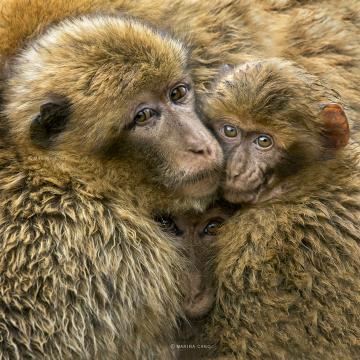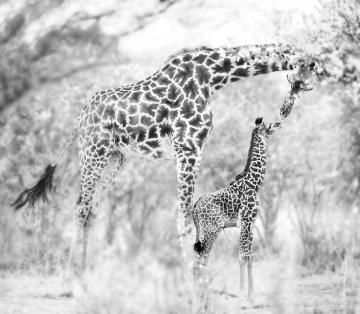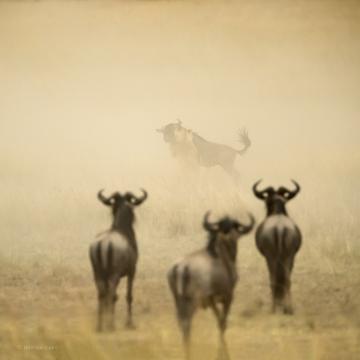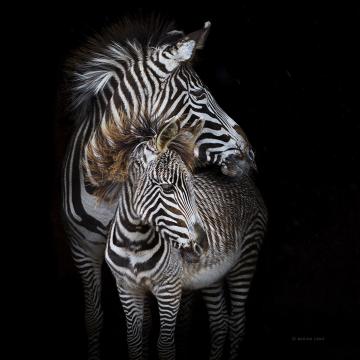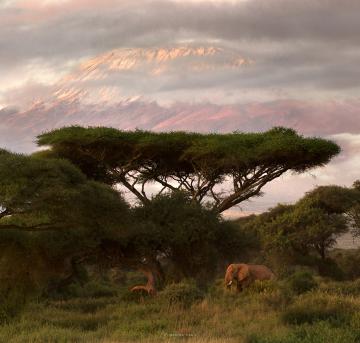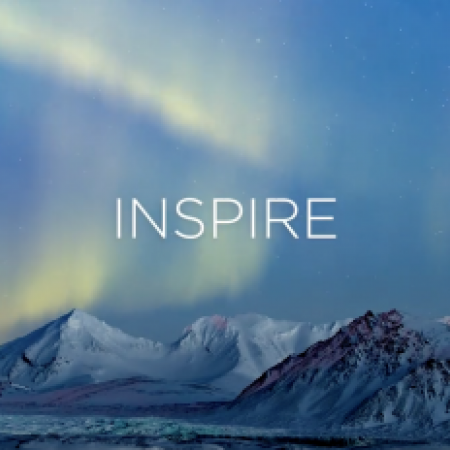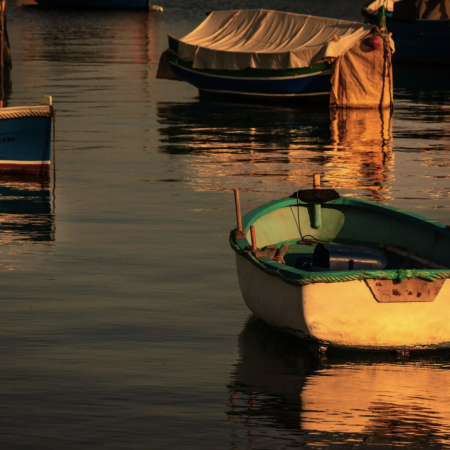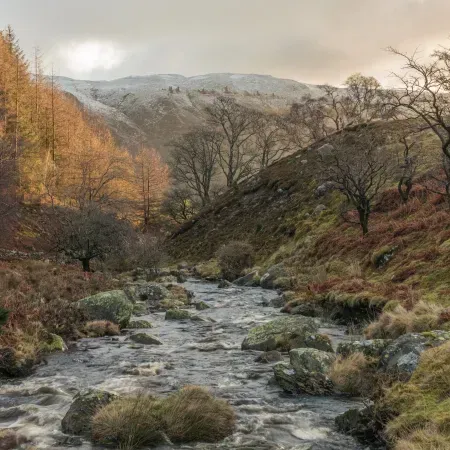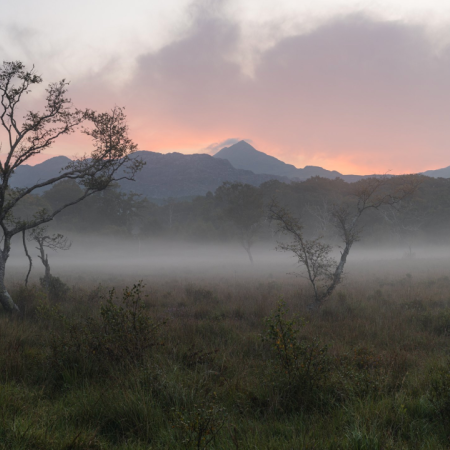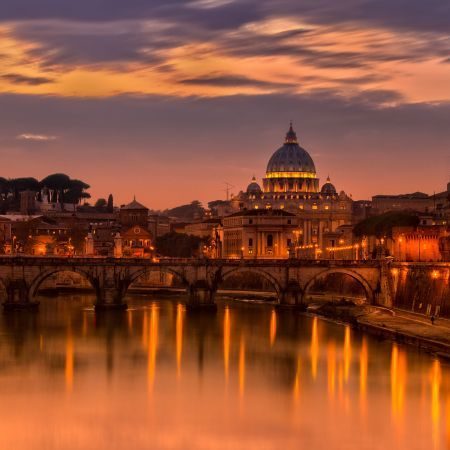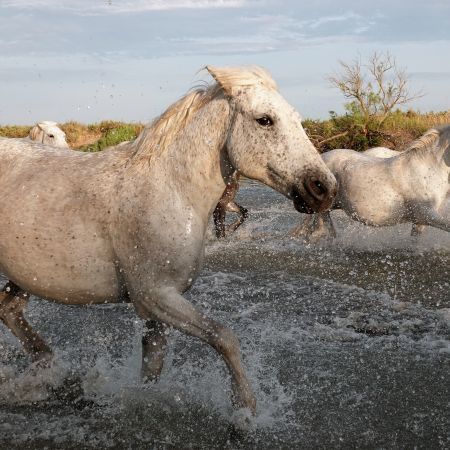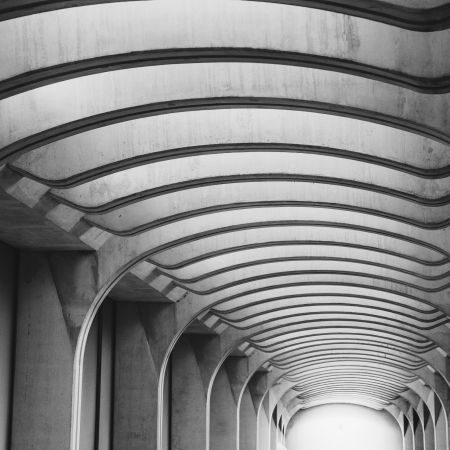Light & Land
Marina Cano interview: “Passion will make your pictures special.”
21st April 2019
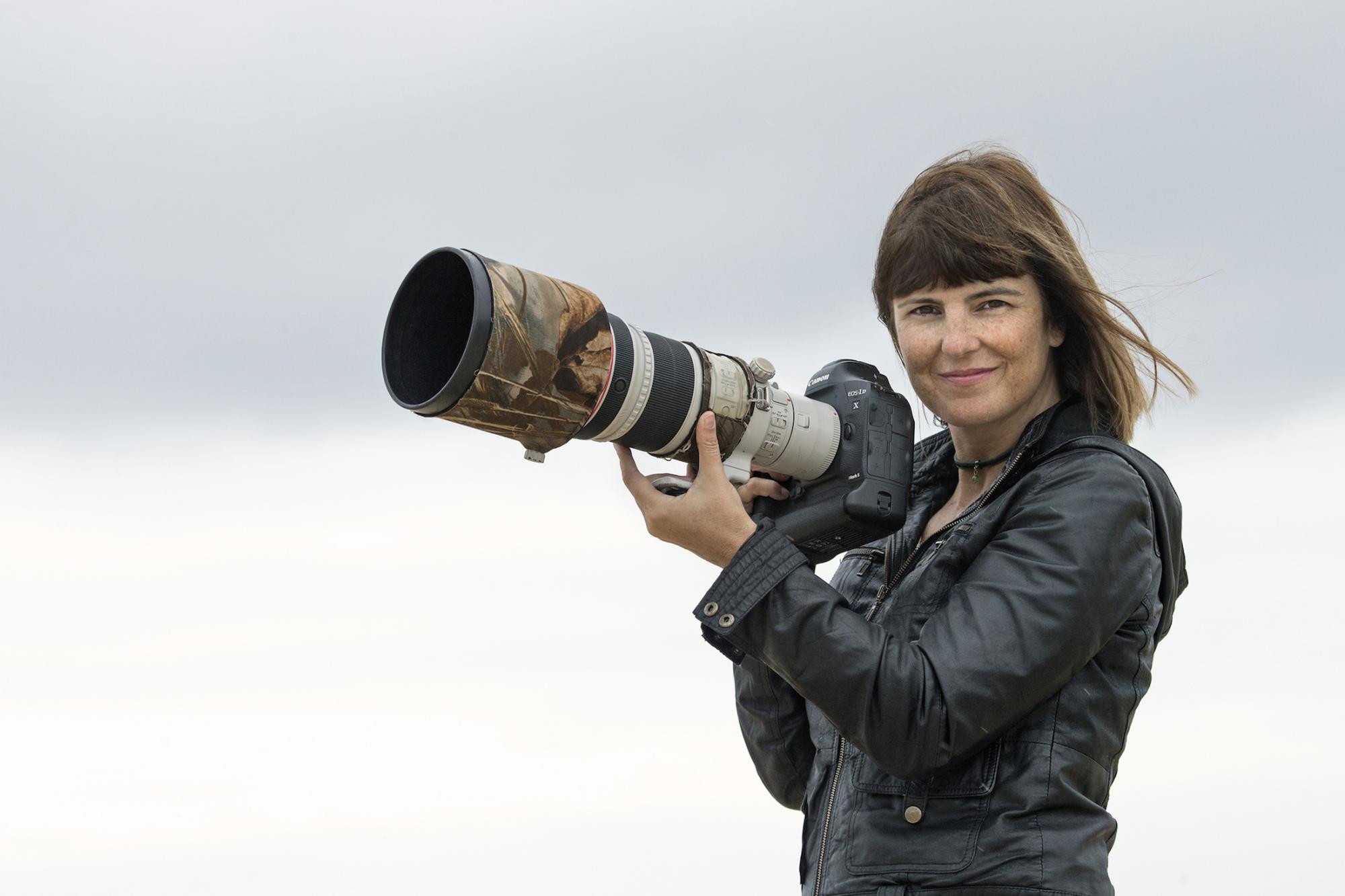
Marina Cano spends so much time with animals, she sometimes feels like one of the pride. Whether she’s out on the grasslands of Kenya or in the deserts of Namibia, or even within her ‘local’ Cabárceno National Park in northern Spain, near where she lives, she returns from photography sessions with exceptional, soulful images of wildlife, from lions to monkeys.
Here, she talks to Graeme Green about elephants, Africa, her favourite landscapes and “emotional photography”...
Wildlife photography is many people’s dream job. What advice would you give?
Follow your passion. The passion will make your pictures stand out. Because if you have passion, that means you will wait for the right light, you’ll wait to get the best position, you’ll stay as long as it takes and see the action. With passion, it will be good enough. You will come back many times to get the best shots. You will invest in equipment and traveling. Running by passion will sooner or later make your pictures special.
Your new book is called Wild Soul. How do you go about capturing the ‘soul’ of an animal, rather than just a picture of an animal?
The difference is between creating a document or a cold photograph versus emotional photography. I’m talking about the kind of photography that awakens a feeling, an emotion, empathy. That could be the same with a landscape photograph, as well as a wildlife photograph, if it awakens a feeling. I follow my instinct. I wait and look for the scene that makes me feel tenderness, or some sort of intimacy or drama.
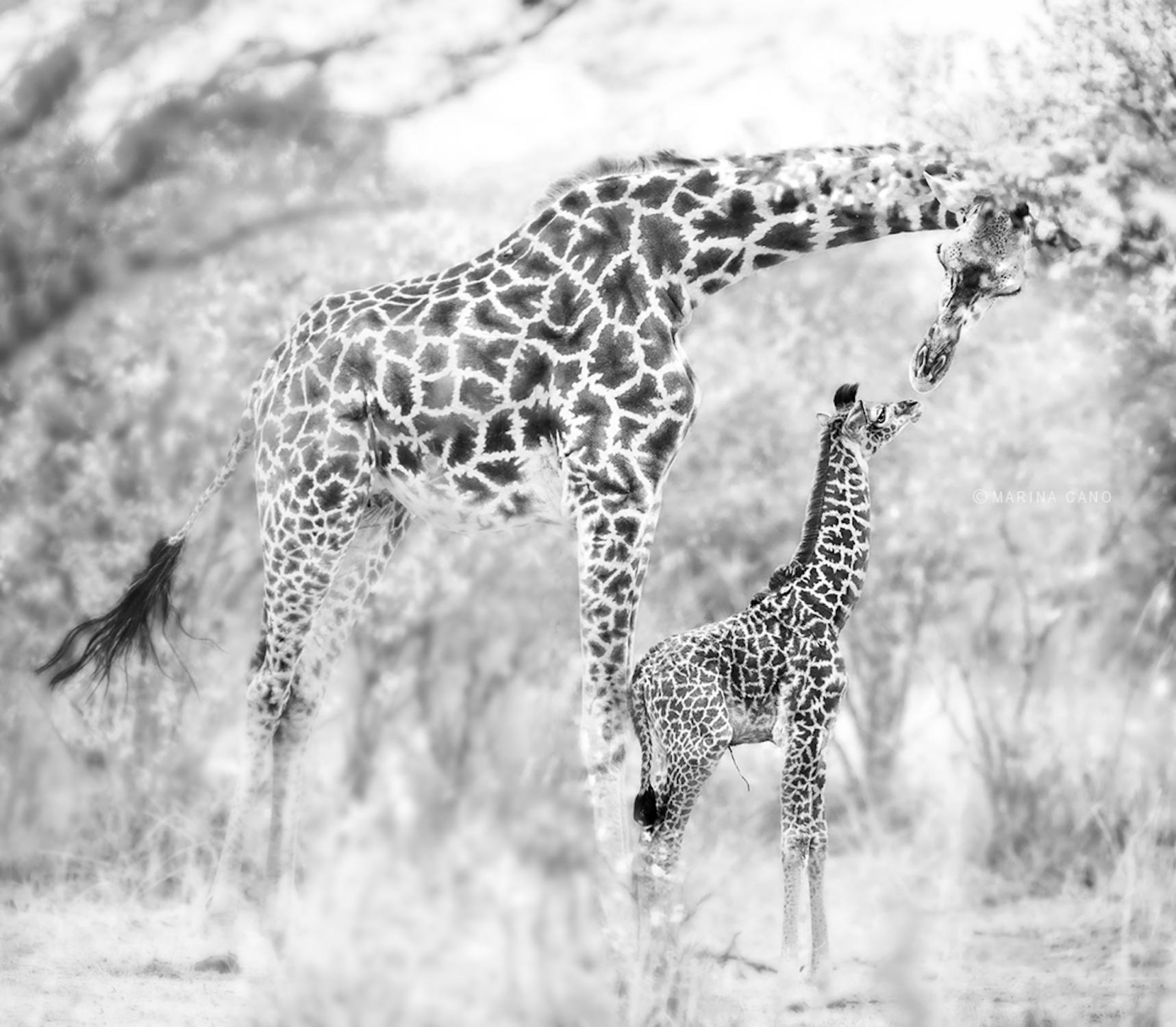
What kind of places and what kind of animals did you photograph for the new book?
There is a wide range of animals, but you will find many elephants, primates, especially gorillas, some lynx, hippos, birds, bears, lions, giraffes… It’s mainly African wildlife, especially locations such as Kenya, Namibia, Botswana, South Africa. I also included some photographs of wildlife in Cabárceno, the large wildlife park in Europe, which is located in Cantabria, Spain.
How much time do you spend in one location for a shoot?
I don’t mind spending a whole day out there in the wilderness. I can forget to eat. I don’t mind the time. I’m enjoying it. I remember follow cheetahs in Africa for hours and hours. We didn’t get any great photos, but I enjoyed it a lot.
Do you have a favourite wildlife experience?
I have many. There’s one in Amboseli National Park in Kenya. We went in the early morning. There was a lot of snow on Kilimanjaro because there’d been a big storm the night before. It was a little cloudy, but between the cloud, the sunrise was beautiful, with the light of the sun and the snow on the mountain. For just a few seconds, an elephant appeared between the trees. It was a very beautiful picture I took. I’m very proud of that moment and that picture.
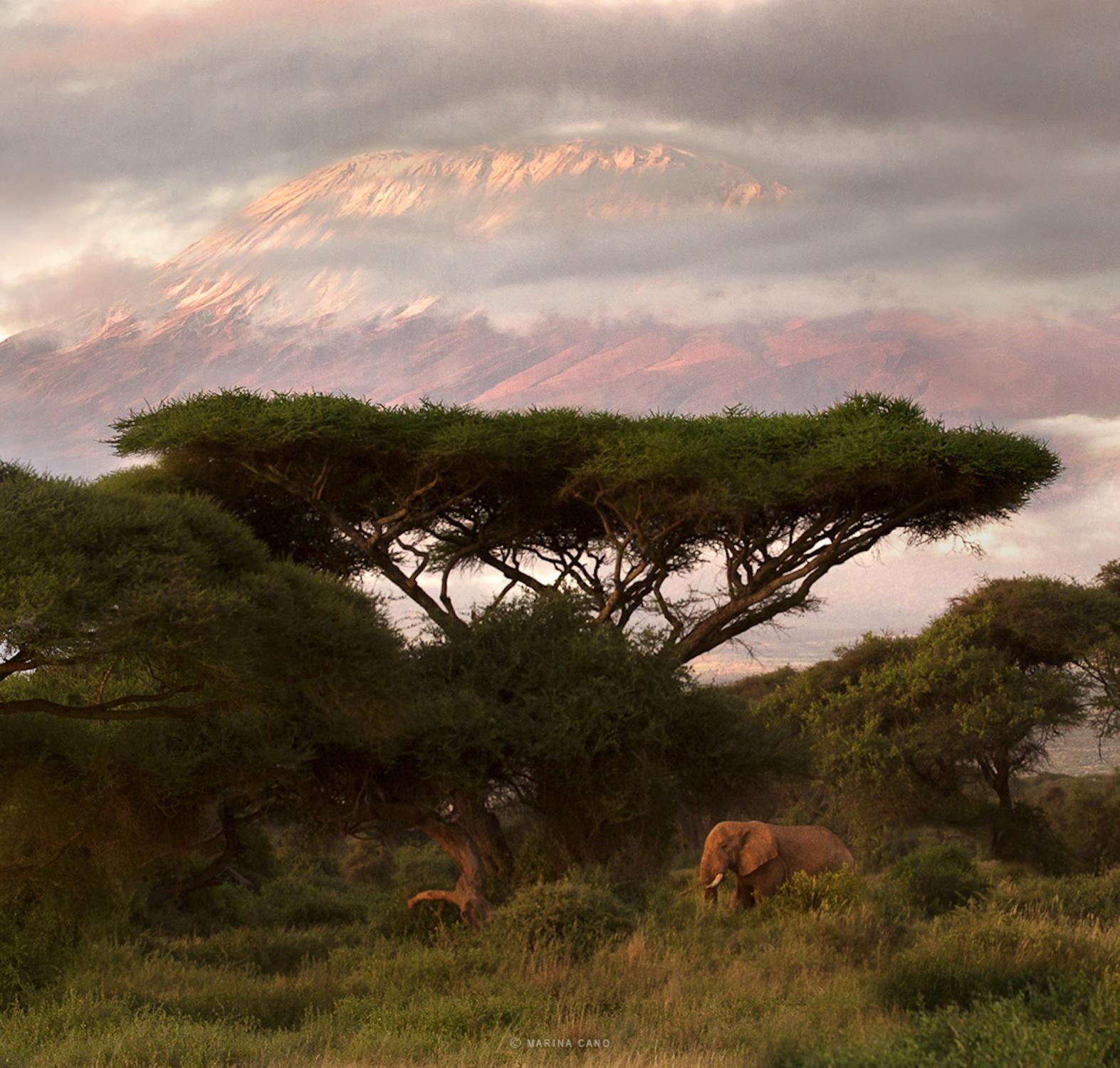
Have you had any risky moments or close encounters with wildlife?
I understand that that can happen, especially when a photographer spends so much time around wild animals. But in my case, I feel like I become part of them. I love that feeling. I feel like part of the pride. It can be dangerous but I haven’t been in really dangerous situations. I try to take care. In Kenya and South Africa, I had moments where baboons came towards me because we had food around. It was a little aggressive but they just wanted the food. They jumped inside the car and pulled it apart.
What is your favourite place to photograph in?
One of my favourites is Amboseli and also the Masai Mara in Kenya. Another is Etosha National Park in Namibia. Every place has something specific you can fall in love with. In Amboseli, you have the elephants but also Kilimanjaro. It gives good opportunities not only for the animals but the scenery. With Etosha, I can see one picture in a 1000 and I recognize its Etosha because the light and the land are very specific and distinct. .
You spend a lot of time photographing wildlife in Spain. Do you think Europe is overlooked for wildlife photography, in favour of places like Africa?
Cabárceno is a very special place. There are certainly great places in Europe. If you like birds, for example, the Farne Islands in the UK have puffins and many other birds. It’s a beautiful place. In France and Spain, there are many great places, too.
For photographing wildlife, many people think only of the Big Five. But there are many other kinds of wildlife that you can enjoy and take great pictures of, even in your garden.
What’s your favourite animal to photograph?
I love elephants. I love to photograph them. I get super-connected to them. I have no idea why. I love watching them, to spend time with them, I love seeing them with their babies, with their families. From photographic point of view, they’re awesome. I love their faces, their skin, when they do their dust bath. I could spend all my life with elephants.
There are other animals that are even more photogenic. I love zebras. Zebras are, for me, the most photogenic animal. I also love the hippopotamus.
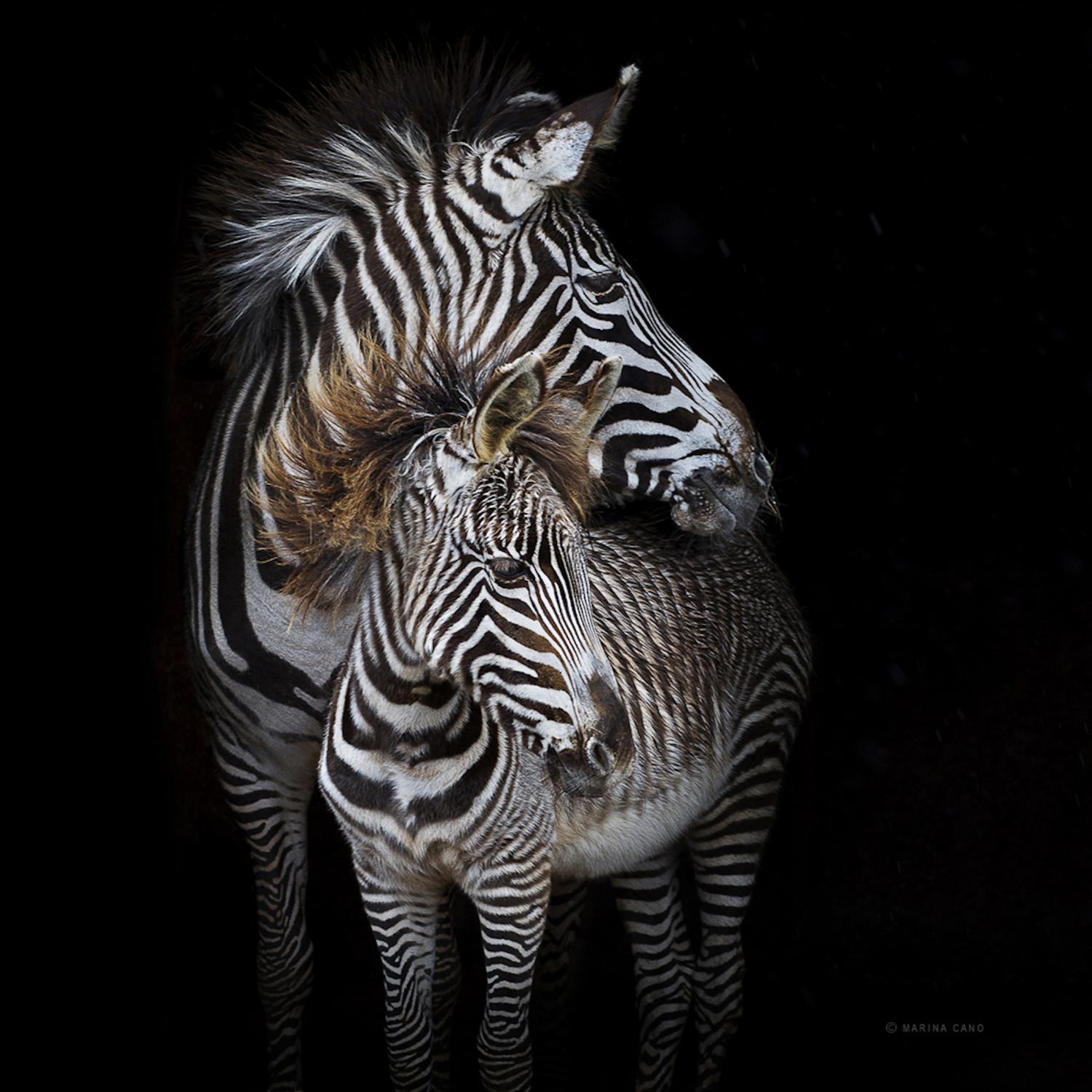
Do you see wildlife photography as part of the fight to conserve wildlife?
Definitely. Over the years of spending time with animals, you fall in love with them and then you want to protect them, because you know much more about them and what’s happening in Africa or Asia. You know how endangered they are. It all comes together. You love them and then you want to protect them. In my photography, one of the ideas behind each picture is that people fall in love like I do so that they can protect the animals as well.
You’re known for your wildlife photography but there are incredible landscapes in places that you photograph, such as Namibia. What is your favourite location for landscapes?
Yes, and I love landscapes, but I know that you have to really go for it. In any kind of photography, you have to get involved and really dedicate yourself, with the equipment, the time, the destination, the skills. One important piece of advice is not to rely on casual photography, but to really prepare yourself. Make the effort to go to ‘the place’, wherever it is.
For beautiful landscapes, I love my homeland, Cantabria in Spain. It has spectacular coastal landscapes, as well as amazing forests and mountains. But out there, there are places like Iceland, New Zealand, Ireland that are also so beautiful. There is so much more to explore.
-
Marina Cano’s new book Wild Soul is out now. See www.marinacano.com for details. Other books by Marina include Babies Of The Wild, Cabárceno, and Drama & Intimacy. For more on Marina, including books and prints, see her website and follow her on Facebook.
All wildlife photos taken by Marina Cano. Giraffes, monkeys and wildebeest photos all taken from Wild Soul. Zebra photo taken from Babies Of The Wild. Elephant in front of Kilimanjaro taken in Amboseli National Park, Kenya.

